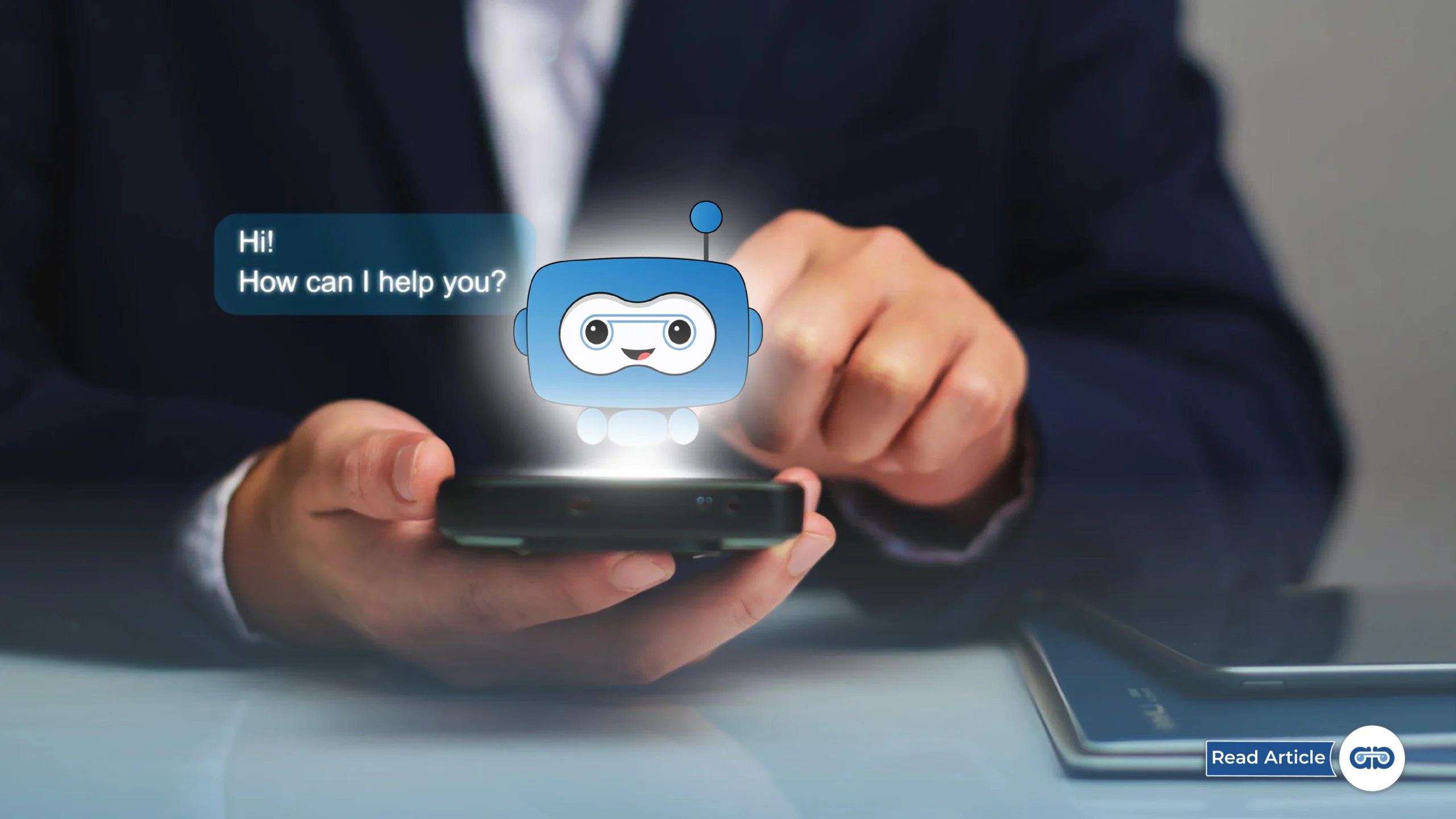Enterprises have invested heavily in self-service portals to reduce ticket loads and speed up support. Yet, many employees still bypass them, preferring to message IT on Slack, call HR directly, or log repetitive tickets for basic tasks.
The challenge isn’t the lack of technology. It’s that employees don’t always see self-service as the fastest or easiest route. Adoption lags, support teams remain overloaded, and the expected return on investment never fully materializes.
This is where AI makes the difference. By turning static portals into conversational, proactive assistants, AI helps employees trust and use self-service, not as a last resort, but as the first place they go for support.
Why Employee Self-Service Stalls
Before we look at solutions, it’s worth asking, “Why do self-service initiatives underperform in the first place?”
• Complexity outweighs convenience → If it takes too many clicks or requires memorizing categories, employees give up.
• Knowledge bases lose credibility → Outdated or irrelevant content erodes trust.
• Adoption isn’t guided → Teams often roll out tools without investing in change management or training.
• Employees crave human-like interactions → Static FAQs don’t feel as responsive as a quick chat with IT or HR.
The result is predictable: portals sit underused, while tickets keep flooding in.
What AI Brings to the Table
AI doesn’t just “improve search.” It reshapes the employee support experience entirely by removing the friction that keeps people from using self-service in the first place.
Unlike traditional portals, which rely on structured menus or static FAQs, a modern AI assistant is:
• Conversational → It understands natural questions in plain language. Employees don’t need to know the right keyword or category. They can just type, “My VPN isn’t working” or “How do I change my direct deposit?” and get an instant response.
• Action-oriented → Instead of handing back an article link, AI can take the next step automatically and reset a password, request new equipment, submit a PTO form, or update payroll data without manual intervention.
• Context-aware → Responses are personalized based on role, department, location, or seniority. For example, a new hire in finance may get onboarding resources specific to their region, while a senior engineer gets troubleshooting workflows tailored to their tools.
• Always available → An AI Assistant never goes offline. Employees can get help through Slack, Teams, mobile, or email at any hour, across time zones, without waiting for service desk hours.
• Proactive → The most advanced systems don’t wait for requests. They surface reminders (like “Don’t forget to complete your benefits enrollment”) or flag issues before employees even notice them.
Instead of forcing employees into rigid workflows, AI meets them where they already work. That ease of use is what drives real adoption.
Practical Ways to Boost Adoption With AI
Rolling out an AI-powered self-service tool is only half the journey. To ensure employees actually use it and keep coming back, organizations need deliberate strategies that make the tool intuitive, visible, and indispensable.
Here are five ways to make that happen:
1. Position AI as a Personal Helper, Not a Portal
Employees often associate “portals” with complexity and extra steps. Instead of marketing your platform as another system to log into, frame it as a personal digital helper that exists to save them time.
Use friendly branding and conversational language when introducing it. Share scenarios like, “Need your pay stub? Just ask the assistant.” Reinforce that it’s faster than emailing IT or HR.
2. Bring Support Into the Flow of Work
Adoption increases when employees don’t have to leave their usual workspace. Embedding AI directly into tools like Slack, Teams, or Outlook ensures self-service feels like a natural extension of their day.
A developer facing a VPN issue can type into Slack and get an instant reset link. An HR query about vacation balance can be answered directly in Teams, no log-in required. Mobile access means employees can resolve issues even while traveling or working remotely.
By removing the context-switching burden, you lower resistance and make adoption effortless.
3. Personalize Every Interaction
Generic responses are one of the fastest ways to erode trust. AI thrives by tailoring support to each employee’s unique situation.
• Role-based personalization → An engineer asking for “GitHub access” gets different guidance than a marketer.
• Location-based customization → Leave policies or payroll details vary by country; AI ensures answers reflect local rules.
• Adaptive learning → The assistant “remembers” preferences over time, making interactions smoother.
When the system feels smart and relevant, employees are more likely to rely on it instead of defaulting to manual channels.
4. Keep Knowledge Fresh and Actionable
Employees need confidence that the system reflects the latest policies, tools, and workflows.
AI can automate much of this process:
• Pulling data directly from HRIS, ITSM, or payroll systems for real-time accuracy.
• Converting recurring tickets into knowledge articles automatically.
• Allowing employees to rate responses or flag outdated content, feeding a continuous improvement loop.
5. Show Impact and Celebrate Wins
Adoption doesn’t grow silently. Employees and leadership need to see the value. Sharing progress reinforces confidence and keeps momentum going.
Publish regular updates like, “Our AI assistant saved 500 hours of support time this quarter.” Recognize teams or individuals who embraced the tool early. Use dashboards to demonstrate reduced ticket volume, faster response times, or rising CSAT scores.
By showcasing real wins, you not only encourage broader adoption but also secure leadership buy-in for continued investment.
The Future of Self-Service With AI
As workplaces grow more digital and distributed, the demand for effortless, on-demand support will only increase. Traditional portals can’t keep pace, but AI assistants can.
By combining natural language understanding, automation, and proactive support, AI turns self-service into the default behavior, not the backup option. The organizations that embrace this shift today will see higher adoption, happier employees, and leaner support operations tomorrow.

